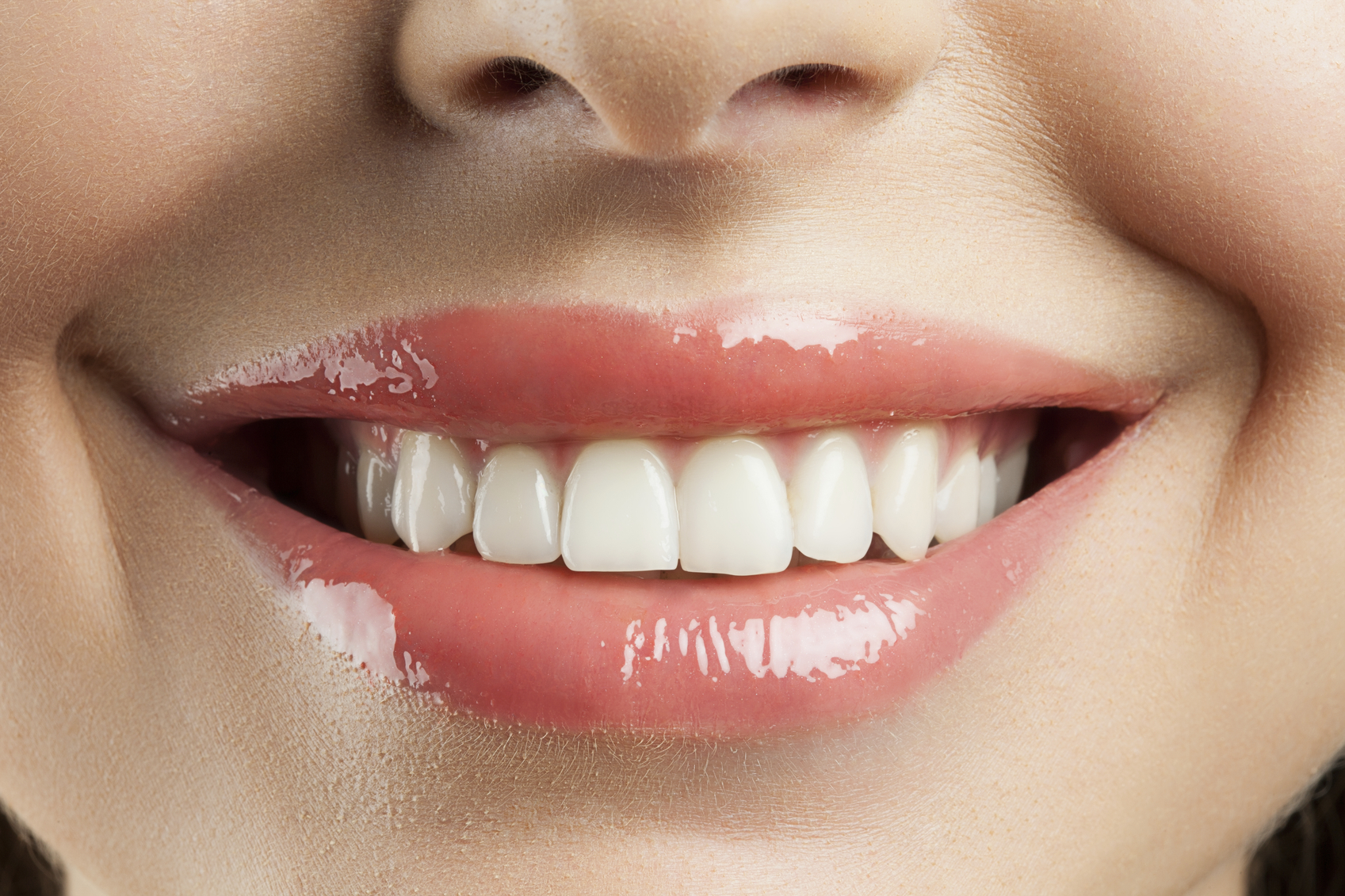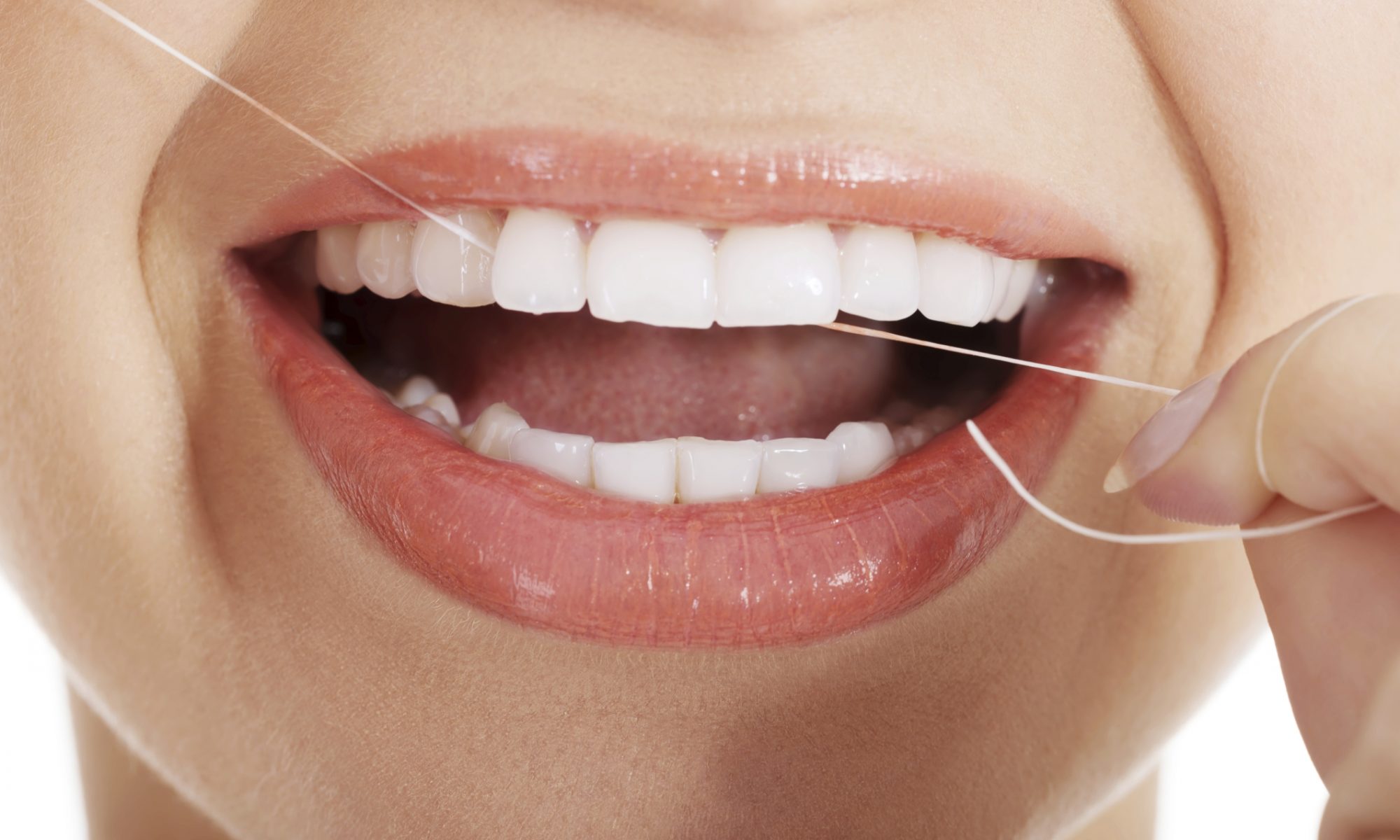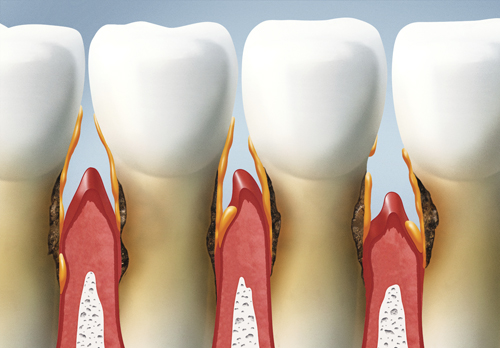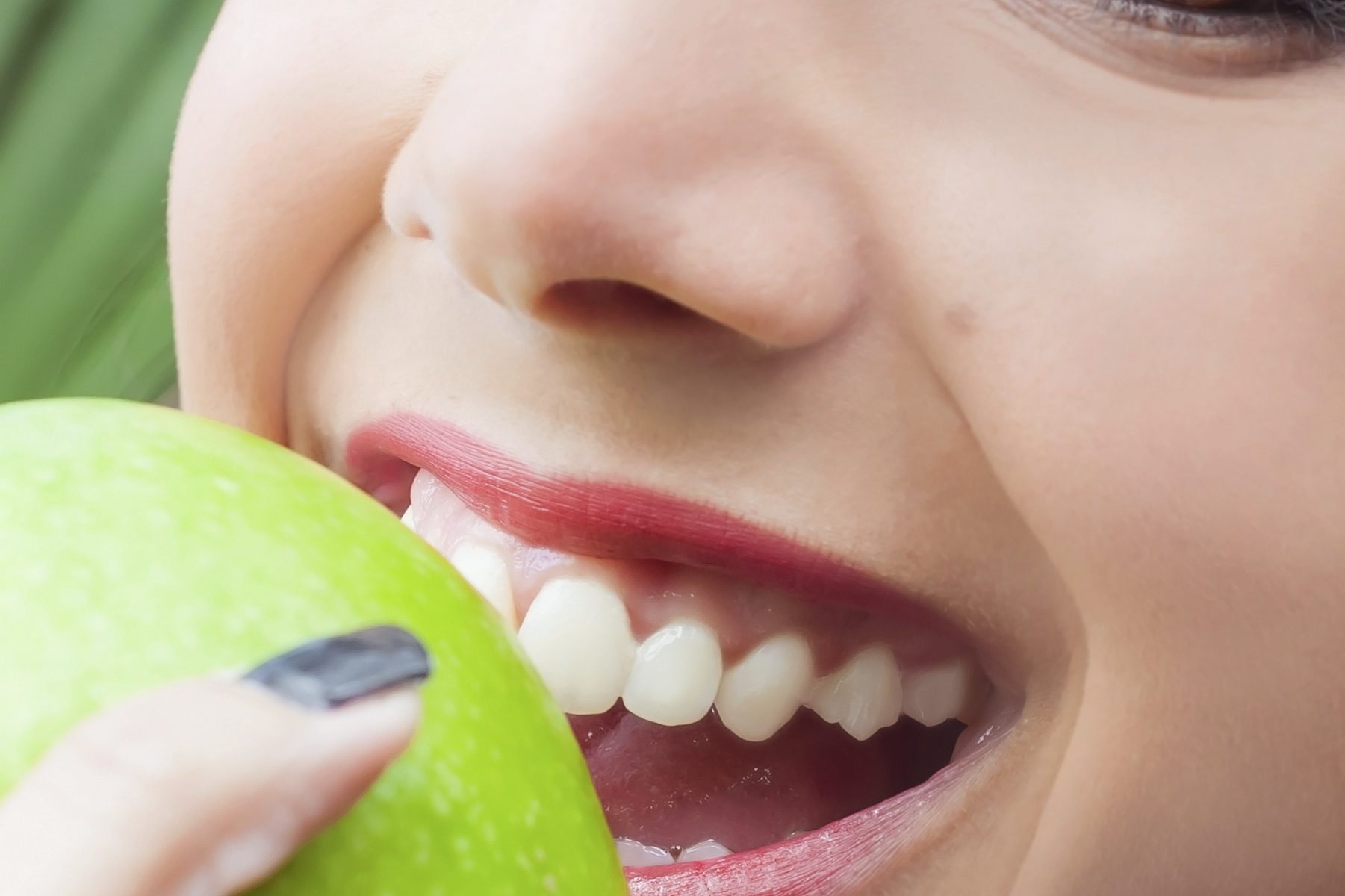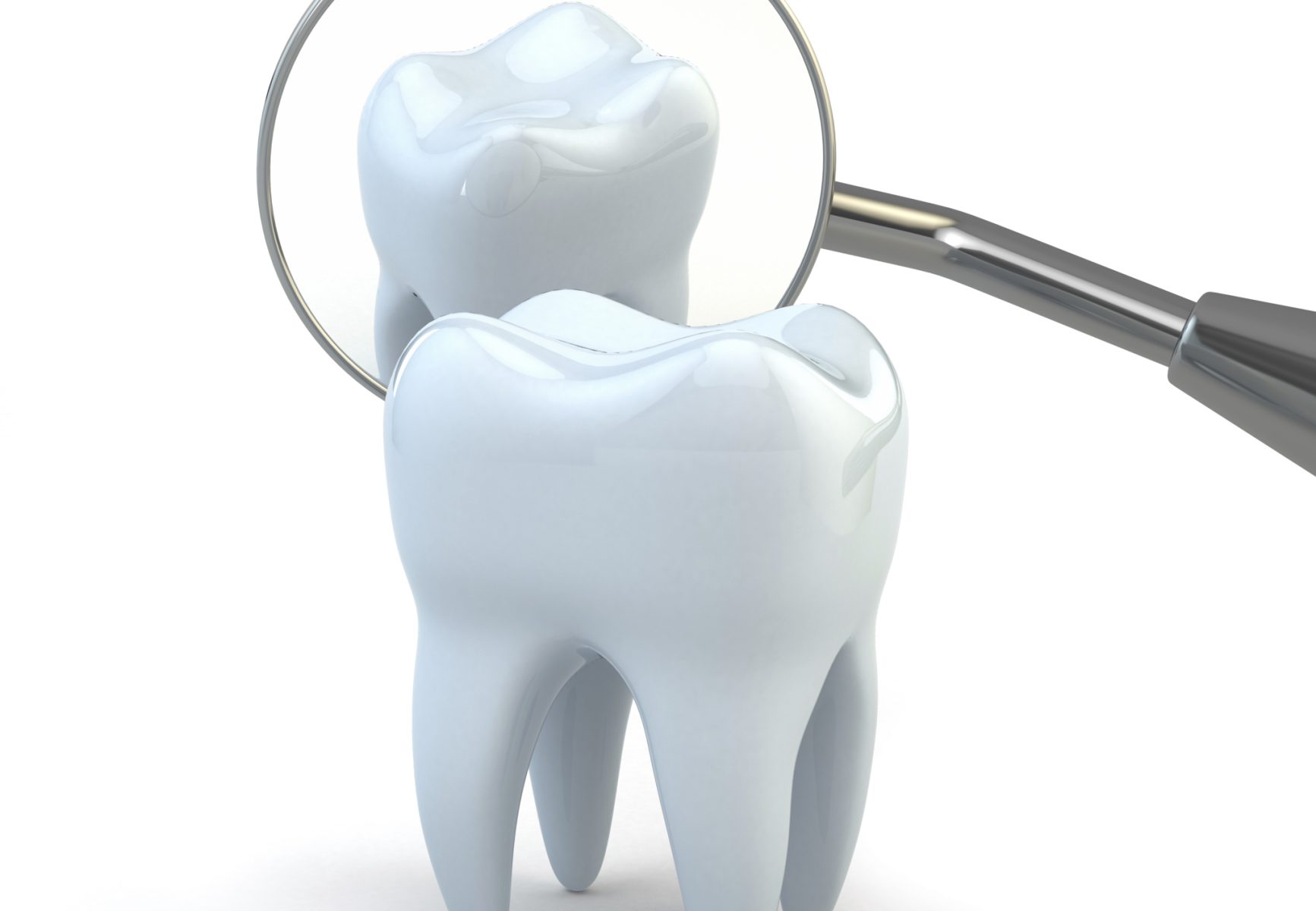Caring for oral hygiene at home is crucial for maintaining dental health, but several factors can complicate this routine. Here are the top five challenges people often face:
Continue reading “5 Reasons Oral Care Can Be A Challenge | Rancho Santa Margarita Dentist”The Pros and Cons of Using Charcoal for Oral Care | Rancho Santa Margarita Dentist
In recent years, charcoal has gained popularity as a trendy ingredient in oral care products, promising a natural and effective solution for achieving a brighter, whiter smile. From charcoal toothpaste to charcoal-infused toothbrushes, the market is flooded with these products. However, before jumping on the charcoal bandwagon, it’s crucial to understand the pros and cons associated with using charcoal for oral care.
Continue reading “The Pros and Cons of Using Charcoal for Oral Care | Rancho Santa Margarita Dentist”The Importance of Consistent Oral Hygiene Habits | Rancho Santa Margarita Dentist
Maintaining optimal oral hygiene is a cornerstone of overall health and well-being. Our mouths are the gateway to our bodies, and the state of our oral health can have a significant impact on various aspects of our lives. Developing and consistently practicing good oral hygiene habits is essential for preventing dental issues, ensuring fresh breath, and promoting overall health.
Continue reading “The Importance of Consistent Oral Hygiene Habits | Rancho Santa Margarita Dentist”Understanding Oral Infections | Rancho Santa Margarita Dentist
A poor oral care routine can contribute to the onset of oral infections. The steps we need to take to maintain proper hygiene and avoid oral infections is fairly well-known, but how well-known are the infections themselves? Here are a few of the most common oral infections that one may develop over the course of their life.
Gingivitis– Simply put, Gingivitis is inflammation of the gums. It is the precursor to Periodontitis, the escalation of Gingivitis should it go untreated. Gingivitis is the result of plaque buildup that spreads from the gums to the ligaments that support the teeth.
Continue reading “Understanding Oral Infections | Rancho Santa Margarita Dentist”Is Mouthwash Effective for Oral Health? | Rancho Santa Margarita Dentist
Mouthwash is advertised to kill bacteria and give you fresh breath, but that isn’t the whole story. Mouthwash reduces the bacteria in your mouth and reduces the amount of plaque it forms. Regular use helps prevent periodontal disease, and those with fluoride work to reduce cavities when used as directed.
For many, mouthwash seems like an unnecessary extra step and added cost to their oral care routine. Mouthwash isn’t exactly the first thing a dentist will mention when reviewing your regimen, but it shouldn’t be overlooked. Mouthwash, after proper brushing and flossing, can provide peace of mind to individuals who struggle to keep cavities at bay, despite their best efforts.
Continue reading “Is Mouthwash Effective for Oral Health? | Rancho Santa Margarita Dentist”Oral Health: Myths and Misconceptions | Rancho Santa Margarita Dentist
With so much information about oral care practices online, we felt it was important to demystify some of the most common dental myths and misconceptions we hear and offer advice on how to move forward.
Myth 1. Brush Harder To Clean Better
This action is counter-productive, as excess pressure on your teeth can work to damage enamel rather than support it. Hard brushing also hurts our gums and can lead to a recessed gum lining over time. We recommend taking care to brush gently with a soft-bristle brush.
Myth 2. You Can Clean Your Teeth With Gum
Chewing gum is certainly not a replacement for brushing. Chewing gum can be a great way to combat sugar cravings or a candy habit, but while it makes your breath smell better, it cannot replace the benefits of brushing.
Myth 3. Don’t Brush Baby Teeth
Good oral care practices begin when we are young and proper oral care for a child’s first set of teeth matters. Tooth decay in a baby tooth can lead to complications as an adult, so we recommend a twice-daily brushing routine as soon as the child has teeth.
Myth 4. Sugar Equals Cavities
Sugar itself is not the cause of cavities, though the bacteria that eat the sugar can be. The starches and sugar themselves attract bacteria that thrive on the surface of your teeth and release an acidic compound that promotes tooth decay. Regular brushing and rinsing after eating particular sugary foods will go a long way toward preventing decay.
Myth 5. Sensitivity Means Enamel Loss
We may experience sensitivity for many reasons, and enamel loss doesn’t happen overnight. Tooth grinding, abrasive toothpaste, aggressive brushing, and lack of regular proper oral hygiene all contribute to both sensitivity and a loss of enamel. Should you lose your enamel, however, you will likely experience tooth sensitivity as well.
If you would like more information, call Dr. Herd in Rancho Santa Margarita, CA at 949-858-5147 or visit www.gregherddds.com.
Dr. Greg J. Herd proudly serves Rancho Santa Margarita and all surrounding areas.
Enhance Your Smile With These Oral Care Accessories | Rancho Santa Margarita Dentist
In the ever-evolving technological age, there are a number of ways you can enhance the hygiene and aesthetic of your smile. There are also a number of gadgets on the market specifically designed to fill whatever gaps you feel are present as you strive to enhance your smile. These means essentially fall into two categories; hygienic and aesthetic. Of course, a well-rounded oral care routine is the first step towards attaining the smile you want, but if your hygiene is quite good, and you still aren’t seeing the results you want, aesthetic additions may do the trick.
Hygienic
Electric Toothbrushes: Do you even complete your two-minute scrub and think “My teeth don’t feel very clean”? It may be because the traditional toothbrush just isn’t cutting it anymore. Electric toothbrushes have gained popularity because they are designed to provide brush strokes that work to give you a better clean in the same amount of time. It can go a long way to providing the basic care your teeth need.
Flossers: There are so many ways to floss available for your choosing. Traditional waxed or unwaxed threads are no longer the only option. Water flossers and plush threads are great alternatives (if not better alternatives) to the floss we commonly associate with.
Tongue Scraper: While there is no definitive rule that these need to be employed in your care routine, the benefit of incorporating one is the added removal of potentially harmful bacteria. Tongue scraping removes the same bacteria that feed on the sugars left between the teeth after a meal from the surface of the tongue, improving overall hygiene.
Aesthetic
At-Home Aligners: At-home aligners are an easy, effective means of straightening out your teeth for an enhanced aesthetic. While they aren’t meant for everyone, and you should speak with your dentist prior to incorporating at-home aligners into your oral care practices, they can gently move your teeth into their proper position and enhance your smile.
Whitening Trays: These work similarly to the teeth aligners mentioned above. Instead of working to straighten your teeth however, you simply mold the trey to your teeth, brush on the included whitening solution to the inside of the tray and allow it to rest on your teeth for the prescribed amount of time. Kits are easily accessible and when done properly can make your smile a few shades whiter.
UV Light: This is another means of enhancing the color and brightness of your teeth. Typically, when you employ a UV light, you first brush on the whitening solution and allow the light to rest on that set of teeth for a number of minutes. The solution and the light combination work to enhance your smile and can potentially do so up to a few shades whiter.
If you would like more information, call Dr. Herd in Rancho Santa Margarita, CA at 949-858-5147 or visit www.gregherddds.com.
Dr. Greg J. Herd proudly serves Rancho Santa Margarita and all surrounding areas.
What Is Tarter Buildup and How To Avoid It | Rancho Santa Margarita Dentist
The buildup of plaque that hardens on your teeth is known as tartar. When plaque isn’t removed properly from your hygienic routine, that’s when the soft, removable plaque can turn into tartar which may require a more intense means of removal.
If you are employing a thorough routine of proper brushing and flossing, you should be able to avoid tartar buildup. Yet, it’s still important to understand the signs and symptoms, so that if you do recognize it’s happening, you can consult your dentist sooner than later. Tarter is a buildup of minerals that if above the gum line, is fairly easy to spot. If you notice yellow or brown-colored stains on the teeth or gums, it may be tartar.
Your dentist or hygienist may employ a method called scaling in which he or she uses special instruments to remove the tartar from around the gum line and bottom of the tooth pocket.
The only real way to know, however, is to consult your dentist, and they can remove it for you. If it gets really bad, you may experience bad breath, darker staining, loose teeth, and red, swollen, or bleeding gums.
While tartar buildup can happen, there are ways your can mitigate your risk. Tartar control toothpaste and rinses can help eliminate stubborn plaque to help prevent tarter together. Regular visits with your dentist and flossing also go a long way in helping ensure a thorough oral care routine and minimize the risk of tartar buildup.
If you would like more information, call Dr. Herd in Rancho Santa Margarita, CA at 949-858-5147 or visit www.gregherddds.com.
Dr. Greg J. Herd proudly serves Rancho Santa Margarita and all surrounding areas.
Toothbrush Alternatives | Rancho Santa Margarita Dentist

It’s important to brush your teeth every day – we all know this. But there are times when a toothbrush isn’t readily available. Say, you go camping, or you travel somewhere remote and forgot to pack one? Sure, these are extreme times, but they could happen. It’s nice to know there are ways we can maintain our oral health until we get a toothbrush, right? Below are a few ways we can substitute some regular everyday items for a toothbrush when we are in a pinch:
Washcloth or paper towel. Say you aren’ta great packer, and your hotel doesn’t have a gift shop inside of it. You can use a paper towel or a washcloth as a substitute. Just wrap your index finger with the paper towel or washcloth, use toothpaste if you have but water will do, then brush your teeth like you would with a toothbrush. Start at your gums and work your way down each tooth. Make sure to wash your tongue as well. Rinse with water and there you have it – a clean mouth.
Find a twig. If you are camping or hiking, a great alternative for a toothbrush is a twig. The first toothbrushes were actually twigs so you aren’t far off with this option. Find a flexible twig about 6-8 inches long. Peel off the skin and chew on an end until it frays. A natural toothbrush!
Your index finger. If worse comes to worse and none of these are an option, there’s always your finger. Make sure you wash your hands before you begin, then take your index finger and starting at the gums, work your finger like a toothbrush, cleaning in a circular motion until all teeth are clean. Rinse your finger for each quadrant, then rinse.
If you would like more information on toothbrushes, call Dr. Herd in Rancho Santa Margarita, CA at 949-858-5147 or visit www.gregherddds.com.
Dr. Greg J. Herd proudly serves Rancho Santa Margarita and all surrounding areas.
Signs and Symptoms: Cavities Edition | Rancho Santa Margarita Dentist
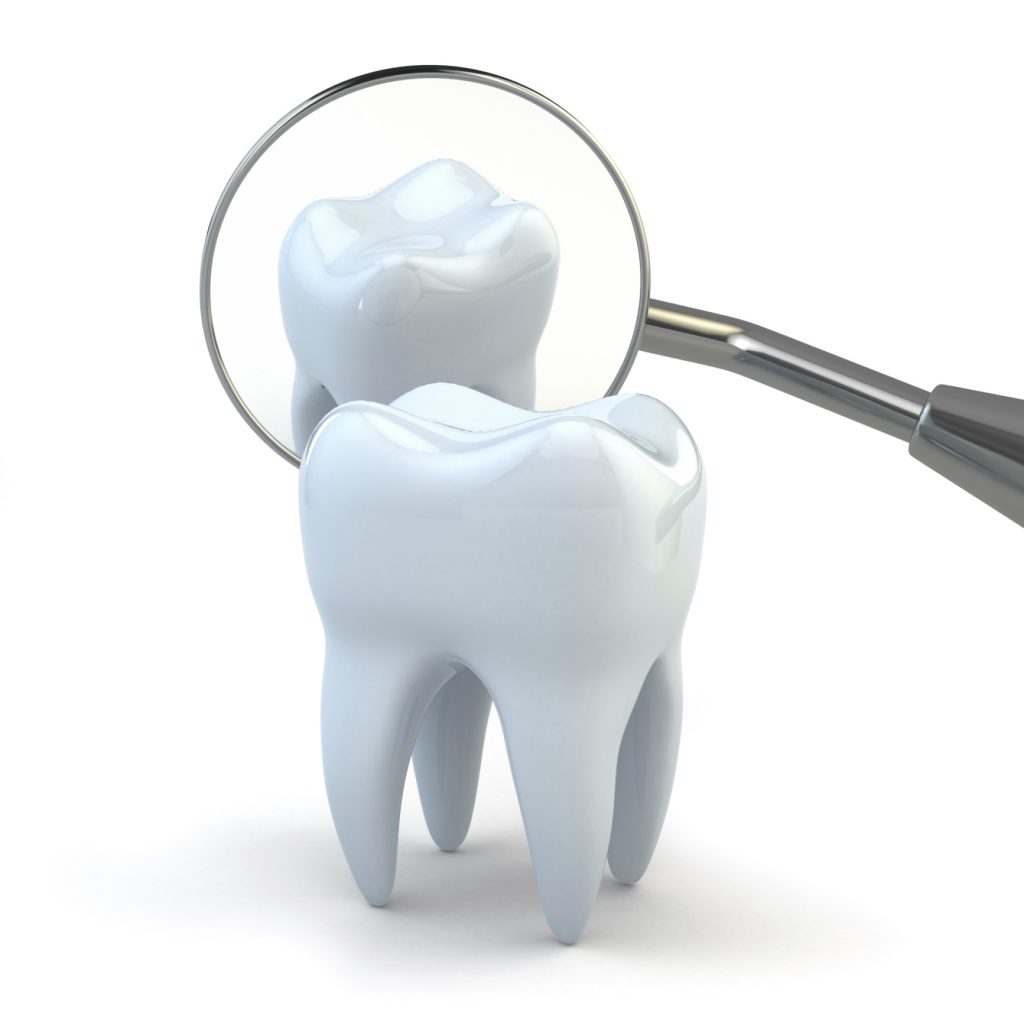
We all know that a dentist is the expert on all things oral. But there are times when you may feel a sharp pain or a twinge when you eat or drink something hot or cold. While this could be a couple of things, it could be that you’ve developed a cavity. It’s time to make a dental appointment to find out for sure. Because if this is the case, you will likely need a filling.
I know you may feel a bit skittish about this, but it is important that you remedy the situation. If left untreated, it can progress into more severe dental issues, so it is important to keep an eye on your smile and any changes that may be developing. So, if you notice any of the following signs, dental fillings will likely be a solution:
- A dark spot or hole in your tooth
- A chipped tooth
- A rough tooth
- If floss is tearing in a particular location between your teeth
If your dentist finds that a filling is necessary, you will be presented with a few options, including amalgam, composite and ionomers. Amalgam fillings are very durable, easy to use, and inexpensive when compared to other materials and usually used for molars. Composite fillings are made out of a mixture of glass or quartz and resin, producing a tooth-colored filling. Composite fillings are durable and provide good resistance against fracture in small to medium restorations but tend to stain and discolor over time. Ionomers, on the other hand, are made out of a mixture of acrylic acids and fine glass powders used to fill cavities on the root surfaces of teeth or in small fillings that do not require any chewing resistance.
If you would like more information on dental fillings, call Dr. Herd in Rancho Santa Margarita, CA at 949-858-5147 or visit www.gregherddds.com.
Dr. Greg J. Herd proudly serves Rancho Santa Margarita and all surrounding areas.


